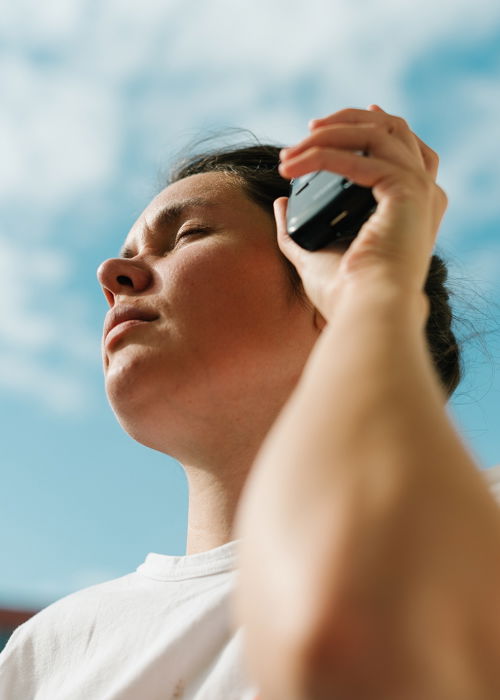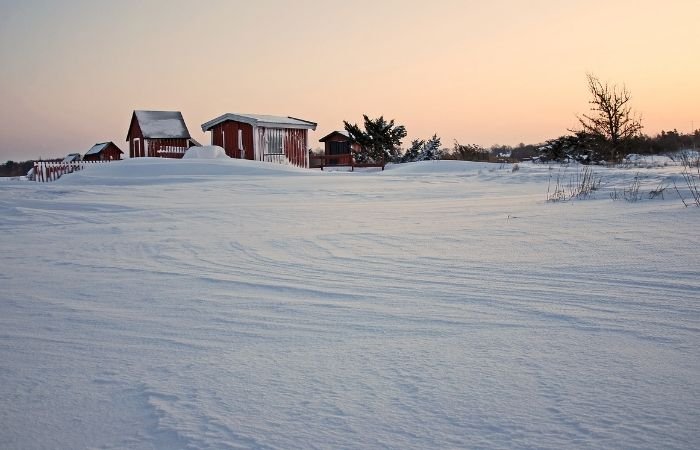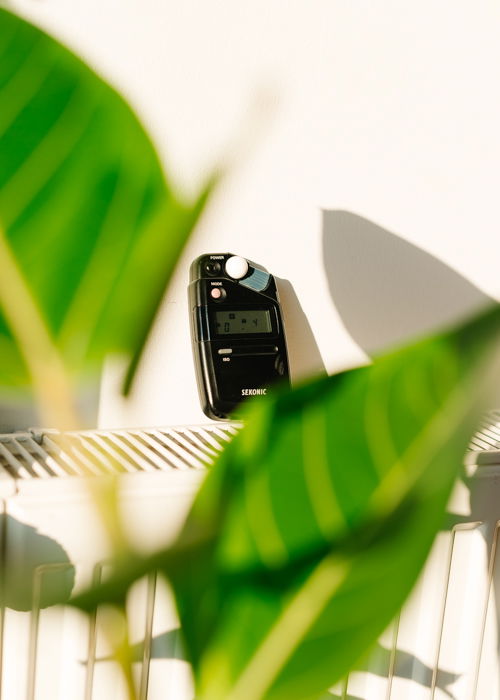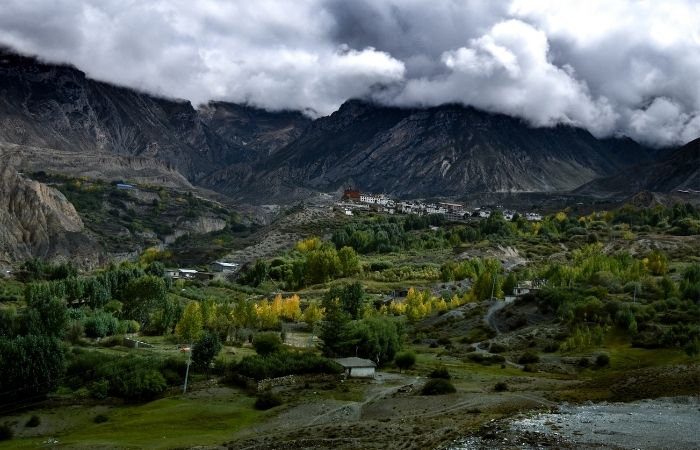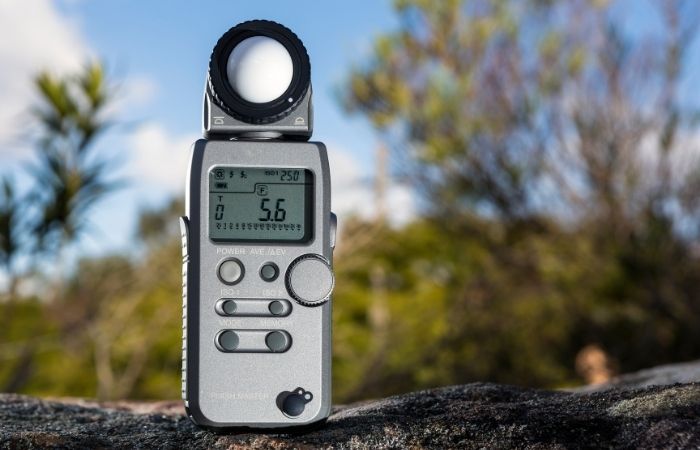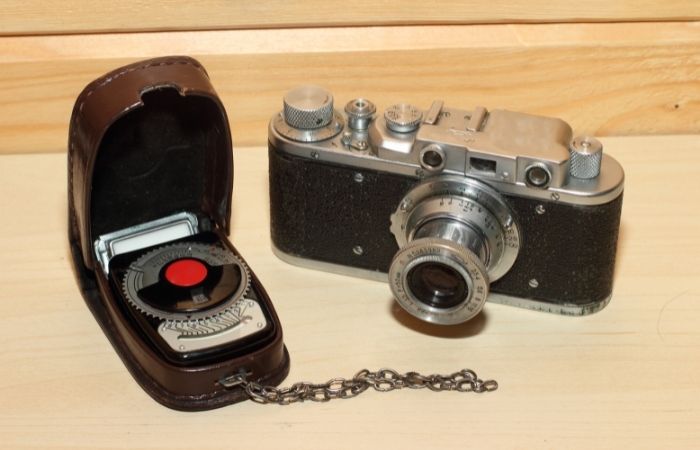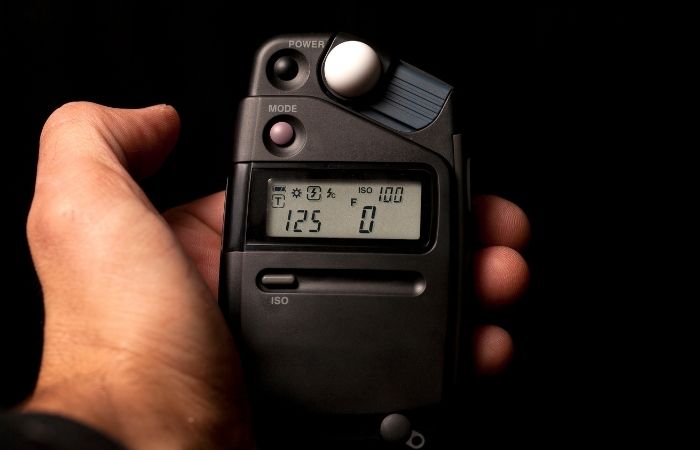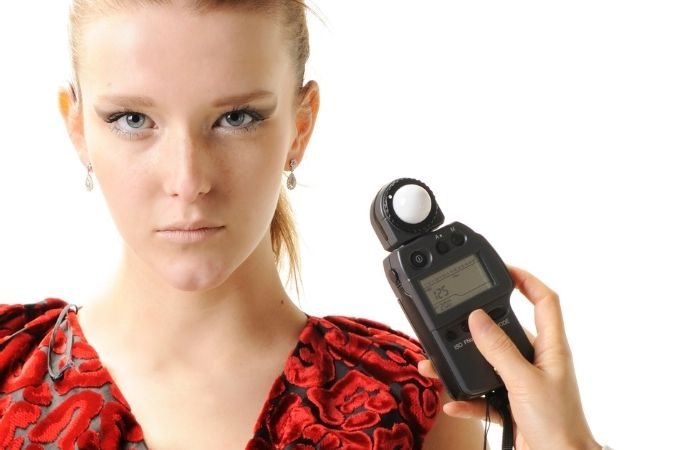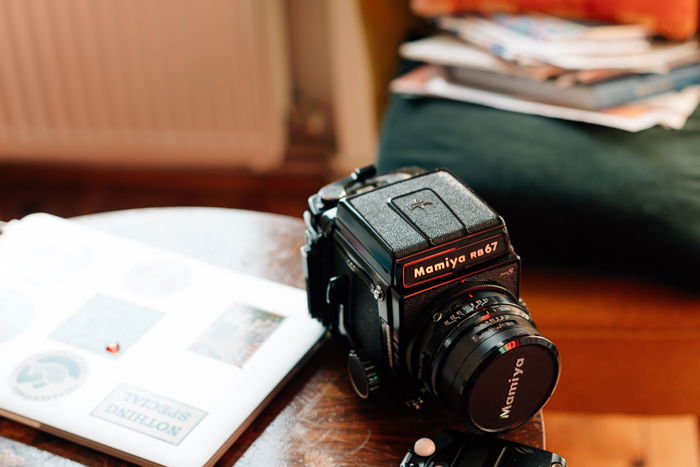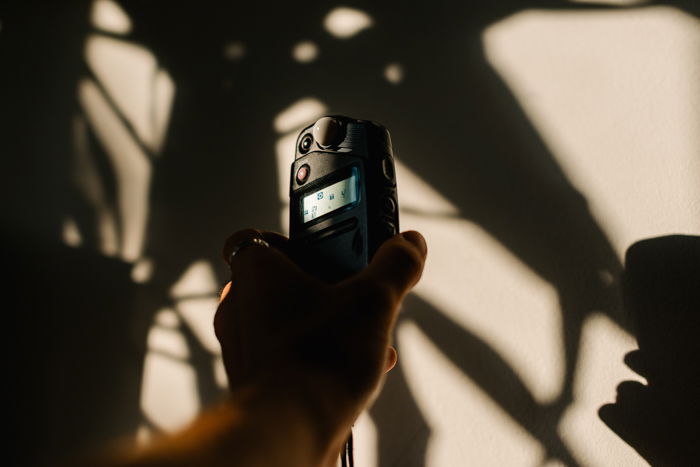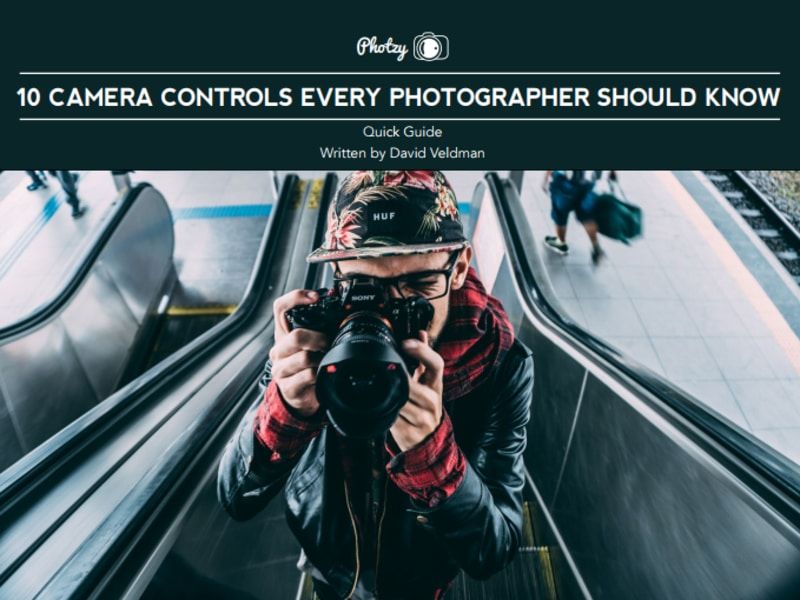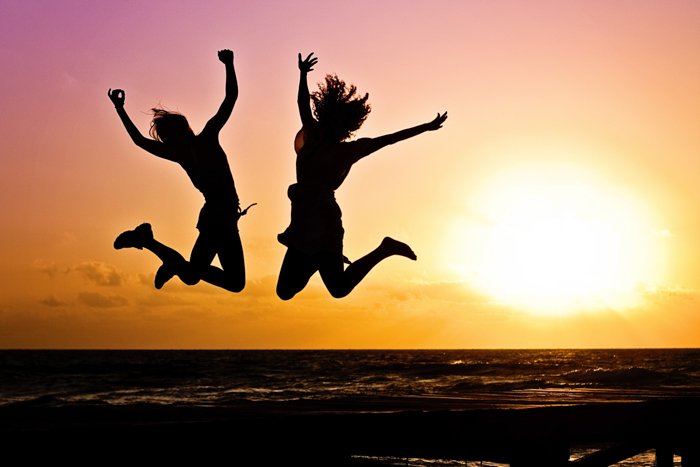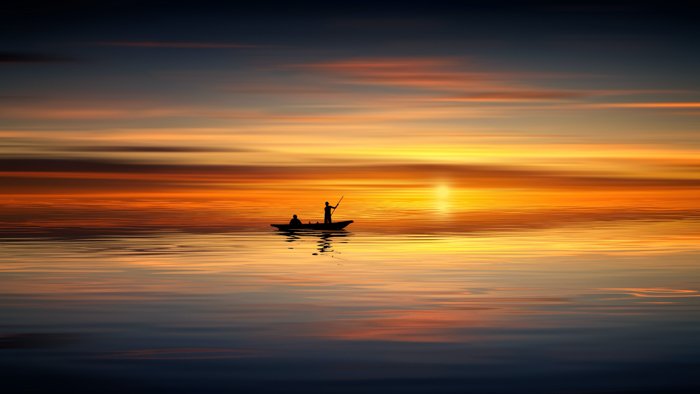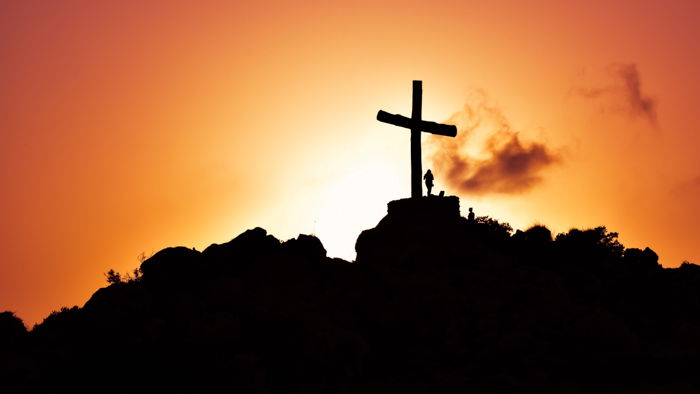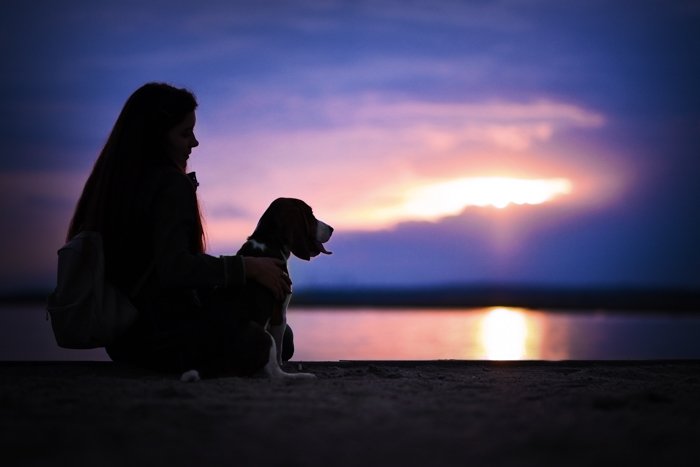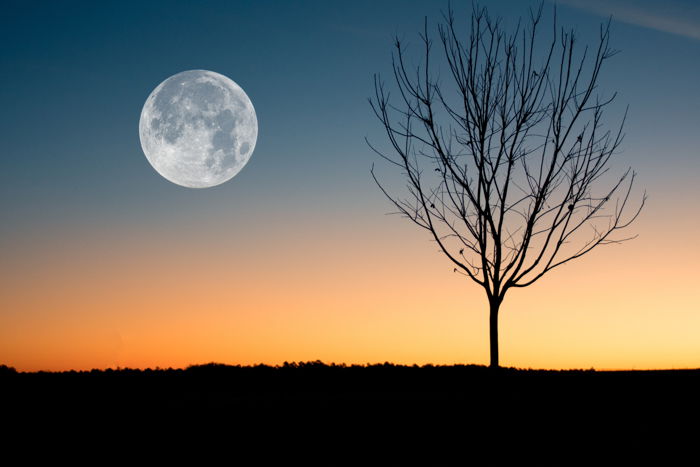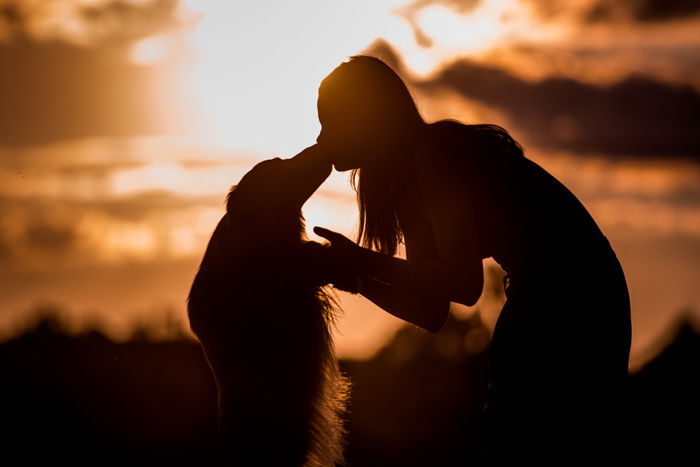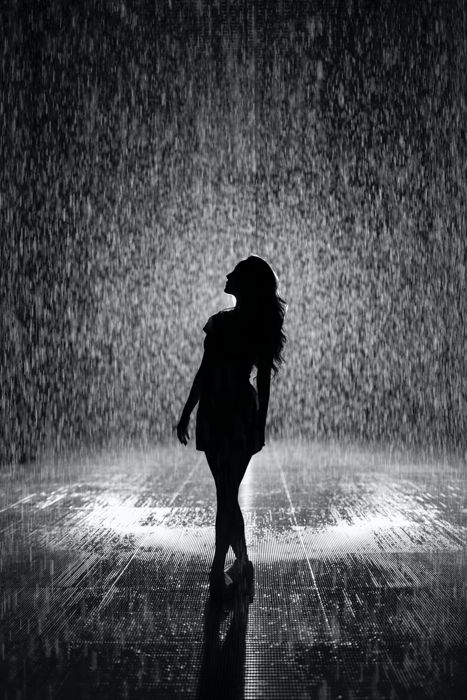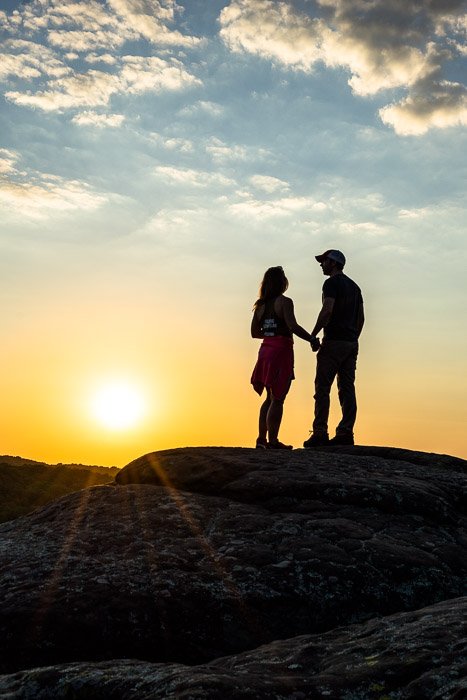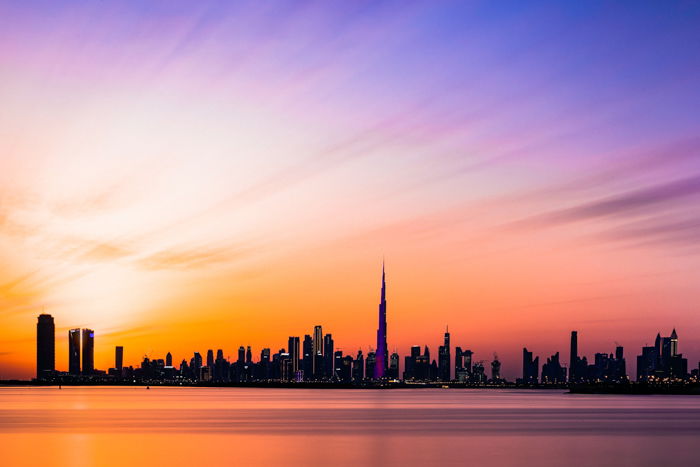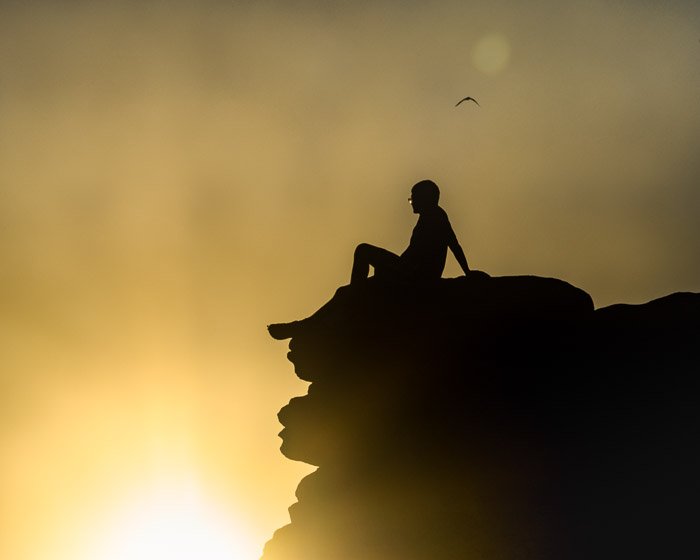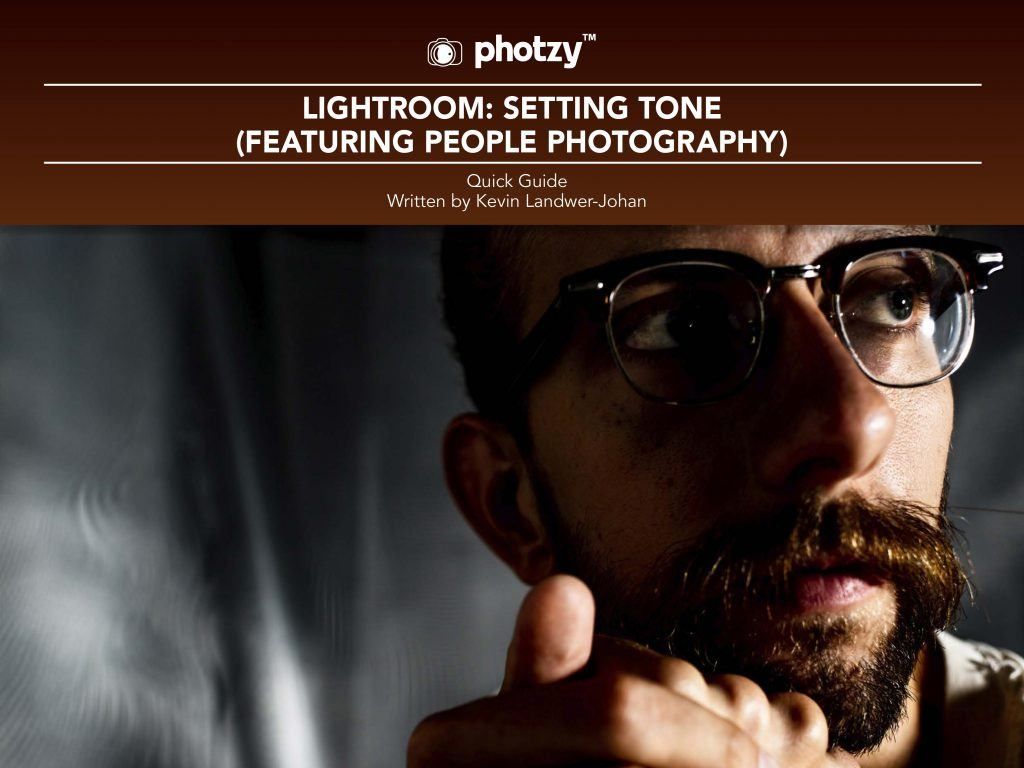What Is a Wide Angle Lens (And When to Use One!)
As a photographer, you have a vast selection of lens options to choose from. Those that show a vast portion of the scene are called wide angle lenses. But do you need one? And which wide angle is the best lens choice for you?
To tackle this question, let’s look at the different types of wide angle lenses available, and when to use them.
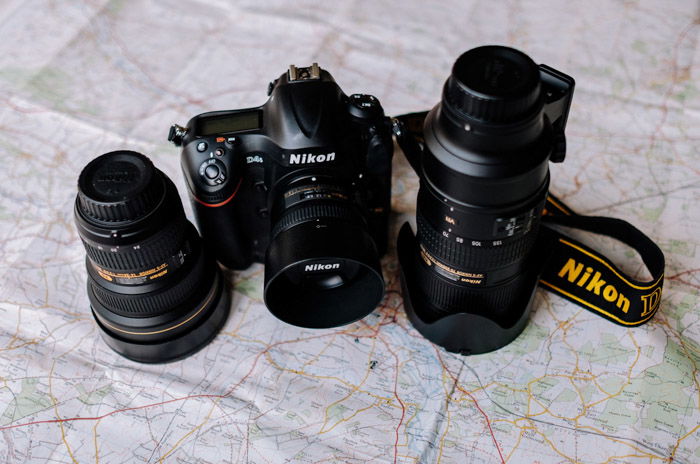
What Is a Wide Angle Lens?
First, we must clarify the meaning of wide angle.
The most common description is that a wide angle lens displays a wider field of view than our vision. However, this doesn’t translate directly to millimetres (mm) and degrees.
So, what focal lengths (in mm) can be considered wide angle? The popular definition is that a lens below, or equivalent to 35mm is considered a wide angle lens. This is roughly 65 degrees of diagonal field of view.
Does a Wide Angle Lens Zoom?
All lenses, including wide angle lenses, come in either a prime or a zoom version. A prime lens has a fixed focal length, meaning you can change your field of view by moving physically closer or further away.
Primes are generally lighter, faster, cheaper and produce better image quality. The Canon 24mm f/2.8 STM is a great example of a cheap and small prime.
A zoom lens has a variable focal length (zoom range). Some all-around “travel” zoom lens options cover wide, standard and telephoto focal lengths alike. Most zoom lenses are more specific, giving you one or two of these.
Zoom lenses very versatile, allowing to keep your gear to a minimum. But, generally, a zoom lens is heavier and more expensive, due to extra mechanisms and glass inside the lens. Kit lenses are exceptions, they are often quite small, but they come with serious compromises.
Zooms’ image quality is usually surpassed by prime lenses in the same price range. They are a jack of all trades, master of none in particular. The Canon EF 16-35mm f/4 lens is an excellent example for a professional wide angle zoom lens.
How Wide Is a Wide Angle Lens?
We have to make a disclaimer here. The camera that you use influences how your lens will ‘look’. Smaller sensors crop out the centre portion of any lens, resulting in a tighter field of view.
For simplification, all focal lengths mentioned here are full-frame equivalent. If you want to know how these translate to your camera, divide them by 1.5 (APS-C) or 2 (M4/3).
As I mentioned, by popular definition, wide angle means anything below 35mm. But there’s still a lot of room for further specification.
Focal lengths between 35mm and 24mm are considered standard wide angle. Between 24mm to 16mm is what we usually refer to when saying wide angle. Focal lengths below 16mm are considered ultra wide angles.
The most popular wide angle zoom range is 16-35mm. Most kit or standard zoom lenses go down to 24mm or 28mm. The widest lenses on the market are 10mm (rectilinear) and 8mm (fisheye).
What Are the Three Main Types of Wide Angle Lenses?
In terms of distortion, we differentiate between three main sorts of wide angle lenses.
Fisheye Wide Angle Lens
Fish-eye lenses are special ultra-wide angle lenses. Their angle of view is usually 180°, allowing you to see half of a full rotation.
They have a distinctive, hemispherical type of lens distortion. They cram in as much information as possible. Thus, they don’t produce straight lines.
In terms of focal length, they are at the bottom of the scale.
The Rokinon HD8M-C 8mm f/3.5 HD is a great example. There are also fish-eye zoom lenses (though only a few), such as the Canon EF 8-15mm. There’s an ultra-rare 6mm f/2.8 fish-eye made by Nikon.
Most action cameras, like the GoPros, also feature built-in wide fish-eye lenses.
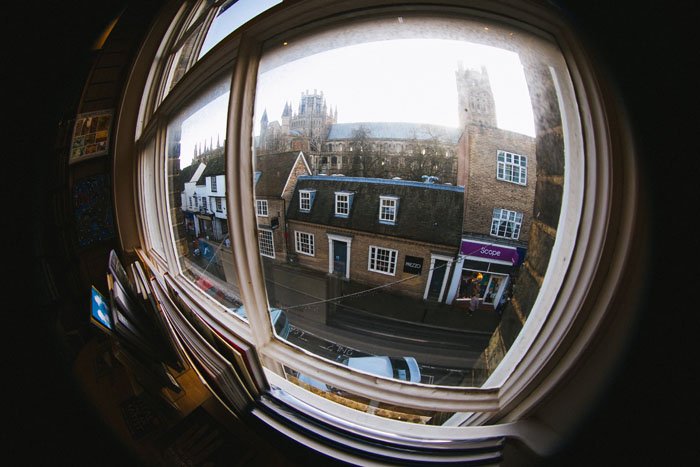
Rectilinear Wide Angle Lens
Rectilinear wide angle lenses are the other type. These are not free from distortion either, but they keep lines (close to) straight.
You might still notice moderate barrel distortion on some. It is more obvious in architectural images, where the lines bow outward, away from the centre. But, it’s also easy to correct during post-processing.
Basically, any lens that’s not explicitly marked as fisheye is rectilinear.
They won’t give you a full 180° field of view, although some are close. The widest currently available are the Samyang XP 10mm f/3.5, the Laowa 10-18mm, and the Voigtlander 10mm f/5.6.
You can get lenses with shorter focal lengths, but they are solely for cropped-sensor cameras (like the Sigma 8-16mm).
Keep in mind that you cannot compare a 16mm fisheye with a 16mm rectilinear wide angle lens. Because of the distortion, the fisheye lens will give a different, slightly wider image.
The Canon EF 28mm f/1.8 USM is a good example of an all-around, rectilinear wide angle lens for Canon. If you have the budget for it, I strongly recommend the Canon 24mm f/1.4L II lens. It’s one of my all-time favourites.

Tilt-Shift Wide Angle Lens
Although tilt-shift lenses don’t have to be wide angle lenses necessarily, most are. Neither of the previously mentioned two lens types allows you to correct for perspective distortion.
This type of distortion is especially prevalent in wide angle lenses. It happens you’re not viewing two parallel lines directly from the middle. With a standard rectilinear lens, they would converge.
Tilt-shift lenses take rectilinear a step further.
They project much larger images than the full-frame sensor. You can move the lens on the plane parallel to the sensor both horizontally and vertically. Thus, they can make converging lines parallel, or parallel lines converge.
You also have the option to independently control (tilt) the plane of focus.
These lenses are extremely sophisticated and very expensive. They are the most popular lenses among professional architecture and fine-art photographers.
My favourite is the Canon TS-E 24mm f/3.5L. It’s a very versatile lens. You can even attach a teleconverter to make it a longer tilt-shift lens.
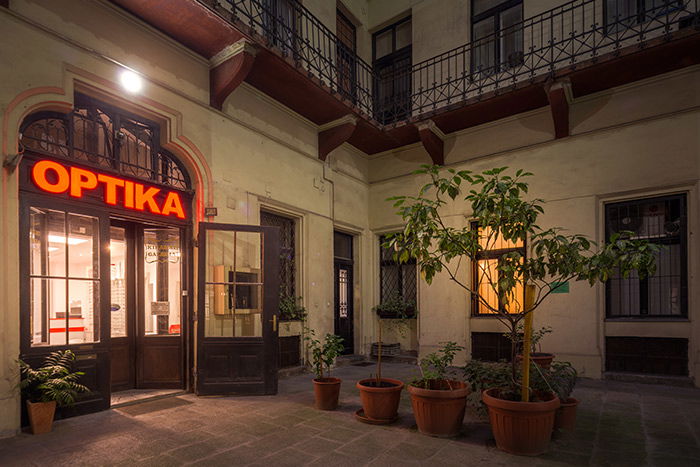
When to Use A Wide Angle Lens (with Recommendations!)
So, what is a wide angle lens used for? Wide angle lenses are generally used for scenes where you want to capture as much as possible. Landscapes, cityscapes, and architecture are the main categories that use a wide angle lens.
A fish-eye lens captures even more of the scene but is mainly used for artistic and creative purposes. They are wide enough to nicely capture the two-worlds scene that I am sure we have all seen and admired.
Be aware that you have to be very conscious of your composition to work well with a wide angle lens. It is easy to fall into the trap of showing too much.
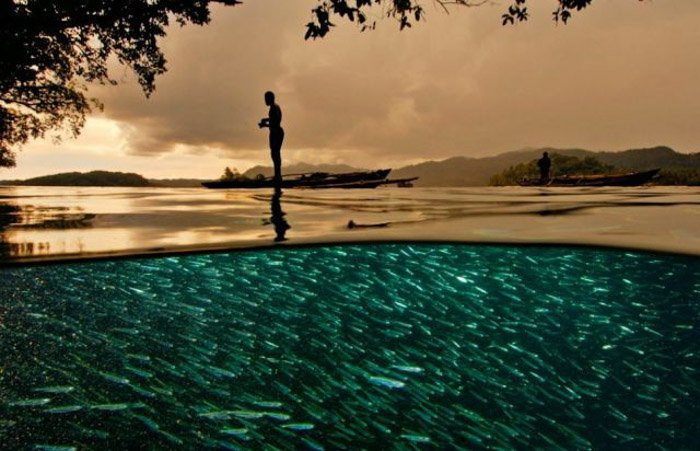
Street Photography
I often use my wide angle lens for street photography. If I need to get closer to a subject, I move there myself.
As Robert Capa taught us, “If your images aren’t good enough, you’re not close enough”. This can be a pain with wide angle lenses, as you need to get in really close.
In turn, it can give a dramatic perspective and a sense of presence.
I recommend a fast 35mm or 24mm prime lens for street photography, especially in challenging lighting conditions.
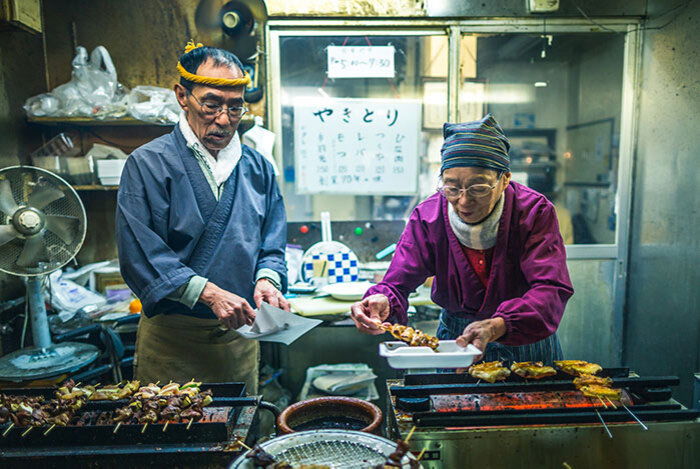
Travel Photography
When you’re travelling, you don’t usually want to bring a lot of lenses. Lighter gear means more room to pack other stuff or more convenient travel. So, most photographers opt to choose a standard zoom lens, maybe an extra telephoto lens.
If you’re going to a place with a lot of landmarks, or vast landscapes, I suggest you include at least a moderately wide lens. If your kit lens goes as low as 24mm, it might be enough. (Keep in mind that the 18mm kit lenses are equivalent to 28-30mm.)
I actually seldom bring a standard zoom lens when travelling. Instead, I tend to rely on a wide angle prime lens and a short telephoto prime.
My two favourite lenses for travel are the 24mm f/1.4 and the 85mm f/1.8. Sometimes I throw in the 40mm f/2.8 pancake lens because of its tiny size.
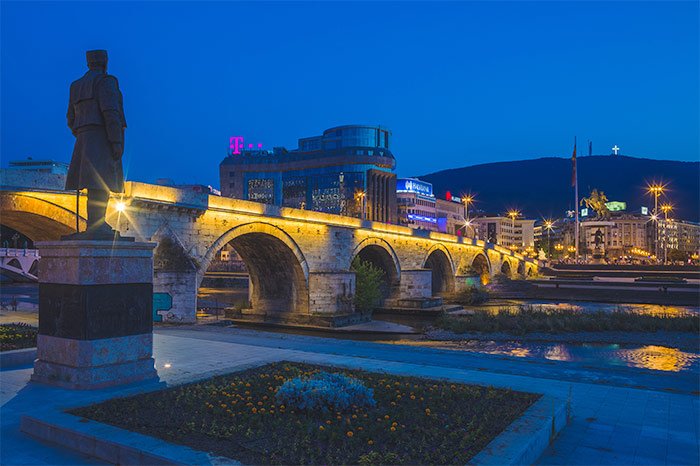
Architecture and Real Estate Photography
For these specific purposes, you’ll need to have a wide lens. An ultra-wide lens is recommended for interiors.
Aperture and build quality are not really of consideration here. What you need is a versatile, sharp and wide lens.
You might opt for a tilt-shift. They give you excellent image quality, advanced controls, and distortion-free results – for a high price.
Canon and Nikon both make fantastic tilt-shifts, often for astronomic prices. Samyang, a third party manufacturer, offers less expensive options which still give you a lot of value.
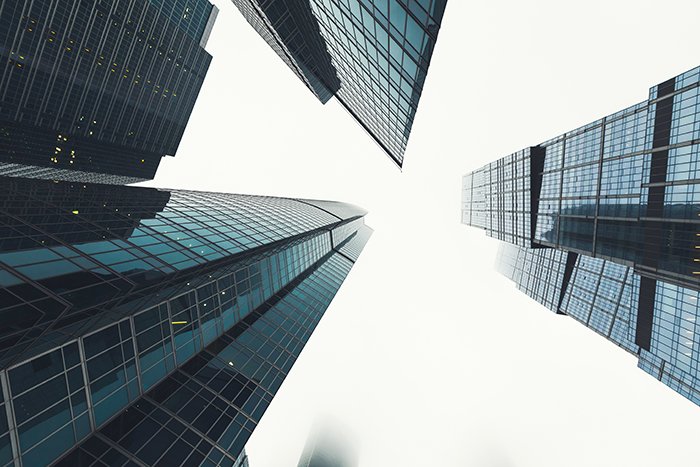
Landscape Photography
For landscapes, you inevitably need a wide angle lens. As you’ll probably do it from a tripod, the aperture is not a very important factor. Instead, size, weight, image quality and weather sealing are.
The lens we love for landscapes is the Canon EF 16-35mm f/4. Learn the ins and outs of landscape photography in our Simply Stunning Landscapes course.
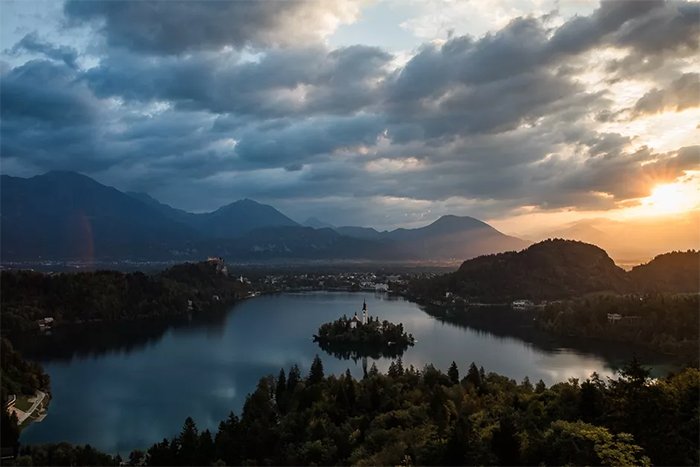
Event Photography and Photojournalism
These fields (among other gear) require fast and wide lenses. You have to be ready for numerous possible lighting and action situations.
Use wide angle lenses when you need to capture the all-encompassing shot. Or, use it to get really close-up for dramatic angles – remember Capa’s words.
You have several options.
You can choose a wide zoom lens. On the Canon and Sony sides, there are several 16-35mm f/2.8 lenses, which are very popular. Nikon makes a 14-24mm f/2.8, along with Sigma.
These are all versatile, well-built and provide adequate image quality, but are all serious investments.
Sadly, with zooms, you very rarely get below f/2.8. To capture moving subjects in low light, you still have to raise the ISO quite a bit – resulting in more noise.
The way I prefer is going with wide aperture primes. As mentioned, I’m a big fan of the 24mm f/1.4 lens but there are other options. Most brands make 35mm f/1.4 lenses. Tamron recently brought out their own, which I like a lot.
If you need wider, Sigma makes a 20mm f/1.4 lens. If you need even wider (rarely), there’s the 14mm f/1.8 – a unique lens, not challenged by anything else on the market, but not particularly suited for photojournalistic applications.
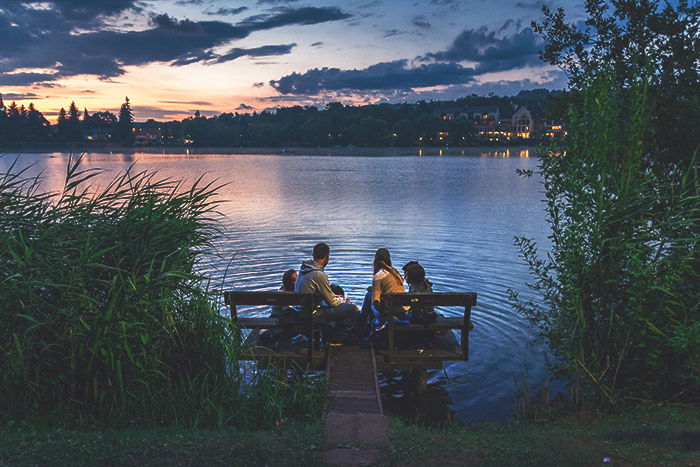
Night Sky Photography
If you want to photograph the night sky (maybe the Milky Way), fast prime lens are the way to go, too, especially the aforementioned 14mm f/1.8 lens.
Follow our guide in the Milky Way Mastery course to know all about this field, and the use of wide angle lenses in it.
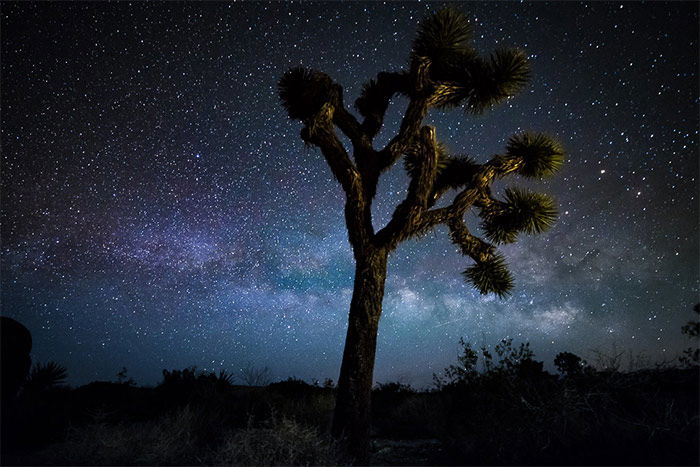
Why Not Use Your Normal Lens?
You could use a multitude of lenses to try to replicate the view from wide angle lenses.
If you were to use a standard 50mm lens, for example, you would have to shoot a few dozen images and stitch them together for a 16mm view. Six to eight images may be enough to cover 28mm.
Here, you’ll need an editing program such as Adobe Photoshop or Lightroom.
If you have the time, the non-moving subject, and the effort required,
you can be quite successful with this. Your combined image will also
have a much higher resolution than a single shot.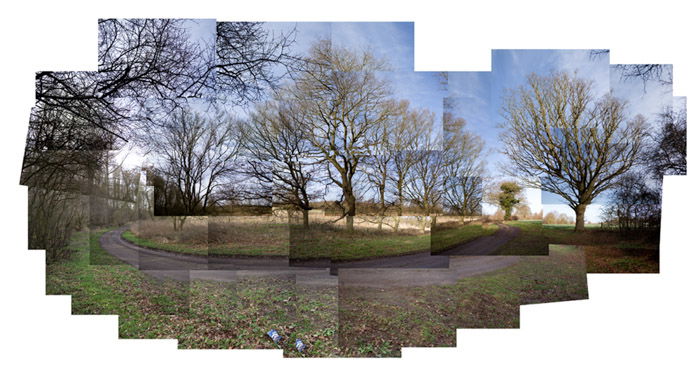
There’s also a different consideration to stitching. You can use it to replicate the shallow depth-of-field look of large formats. There’s nothing to stop you from doing it with portraits or product shots.
The pioneer of this technique is Ryan Brenizer, a wedding photographer from New York. He achieves impressive background separation and wide angles simultaneously with it.
Of course, other photographers also borrow his trick. It takes time to perfect (particularly with portraits), but the results are rewarding.
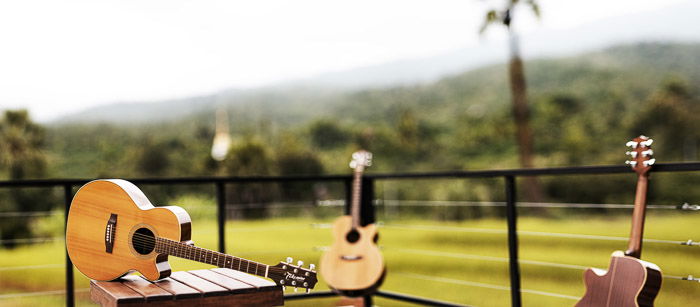
Beginner photographers often neglect wide angle lenses. But they are powerful tools of expression, providing options that no other lens type is capable of.
Wide angle lenses can also pose challenges. Applying composition and exposure skills to wide angle shots can be harder than expected.
It’s important that you feel comfortable using your wide angle glass, without overthinking it. Going with your flow almost always yields great results. This way, your shots will be genuinely great and unique.
Most lenses are bought with a specific problem or need in mind.
Need to photograph the eye of a fly? Buy a macro lens. Need a versatile studio lens? Buy a 24-70 f/2.8. Need to photograph wildlife? Buy a 70-200 f/2.8. Bird photography? Buy a lens reaching up to 600mm.
The wide-angle lens is different.
It is often purchased because its owner feels that they have reached a plateau in their photography.
It’s time to grow in a different direction, they think. To try something new.
A wide-angle lens is perfect for that. It is unique in its capabilities and in the type of problems it solves.
Whatever the reason that you bought yours, I guess you are now thinking to yourself, “Well, this is it. I have it. Now what?”
That is what this guide is all about.
You can learn about using a wide-angle lens right here.
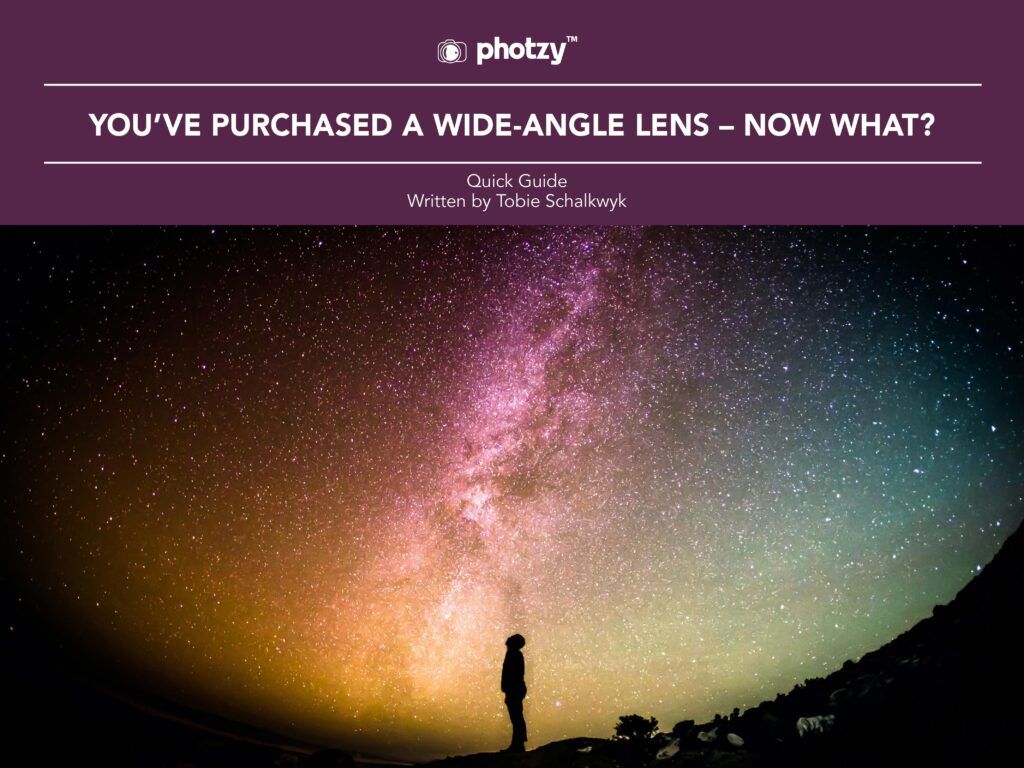

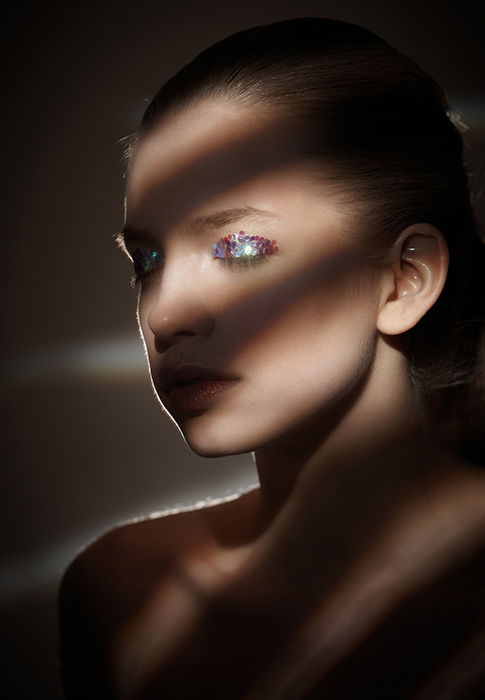
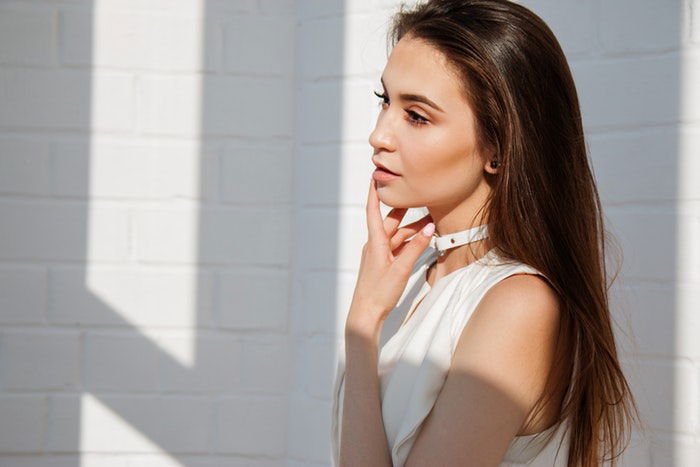
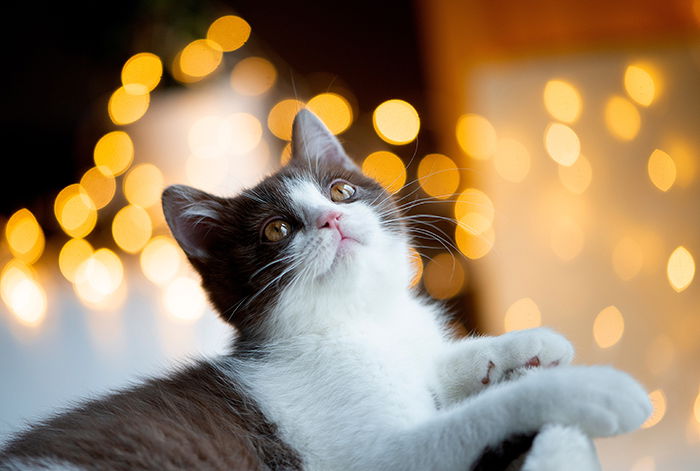
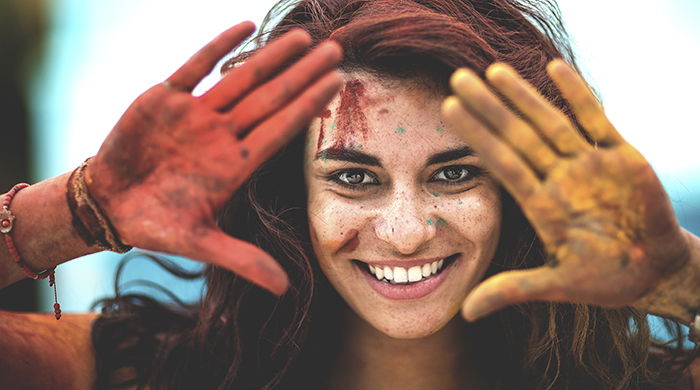
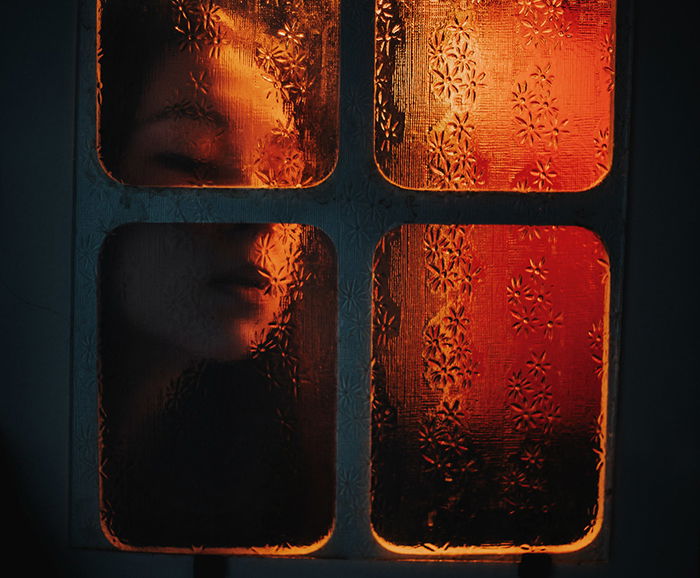
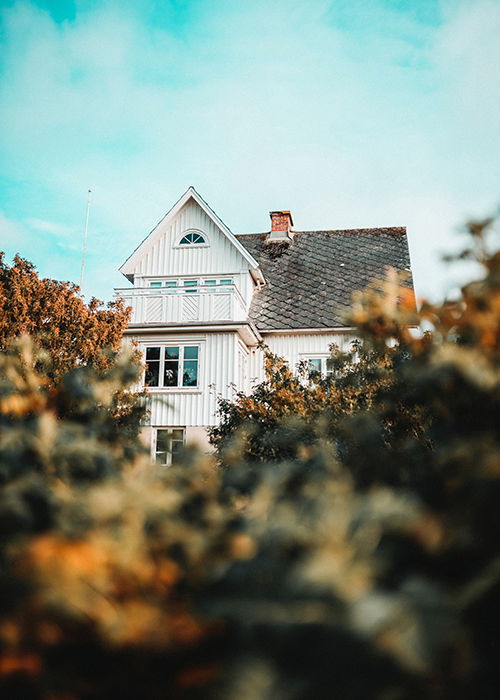
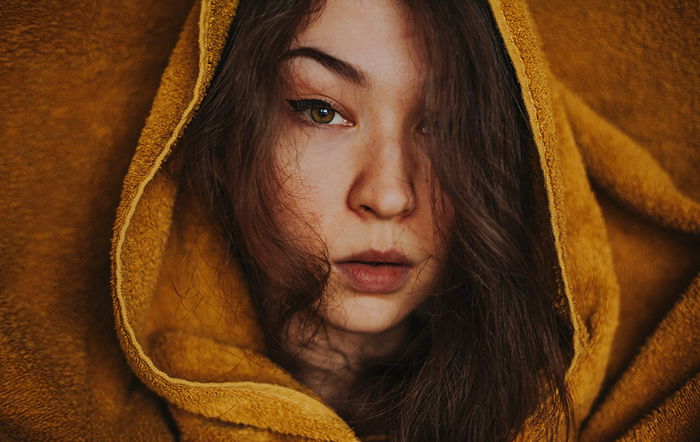
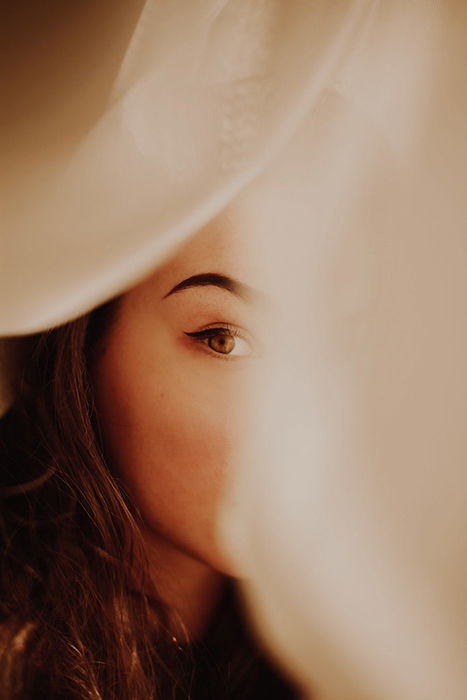
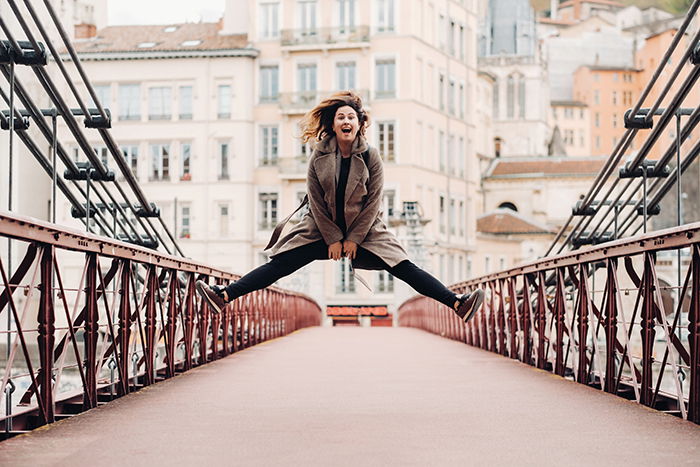
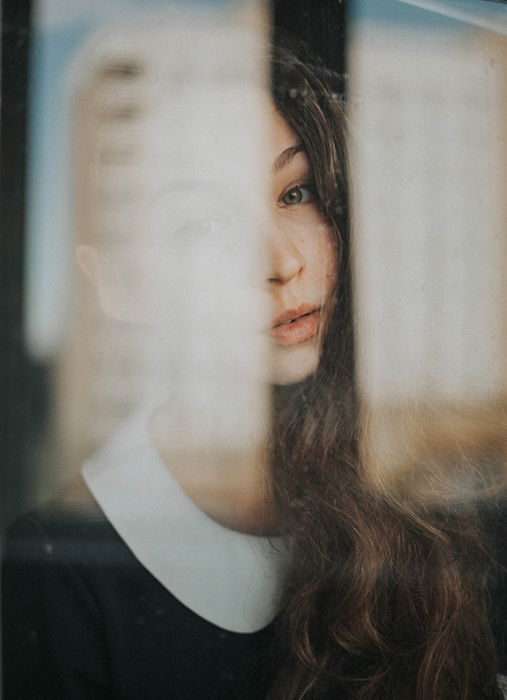
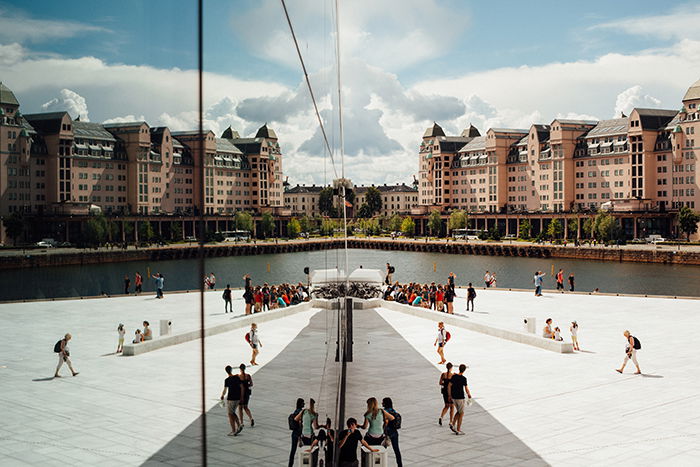
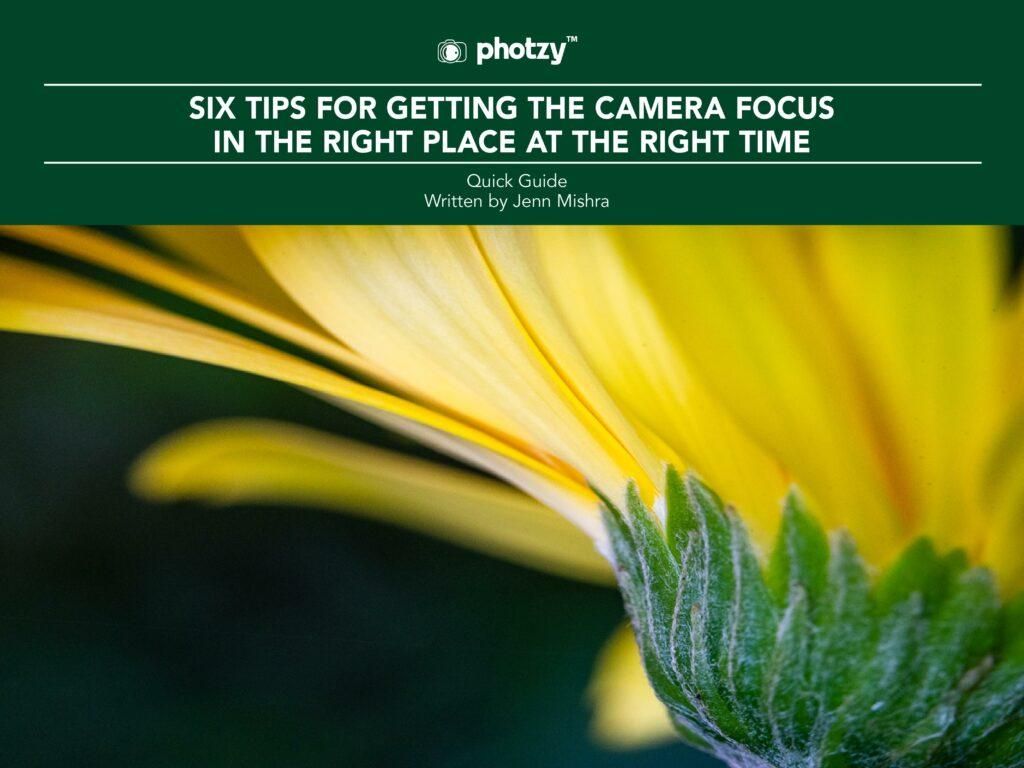
 by Darryl Turner
by Darryl Turner


